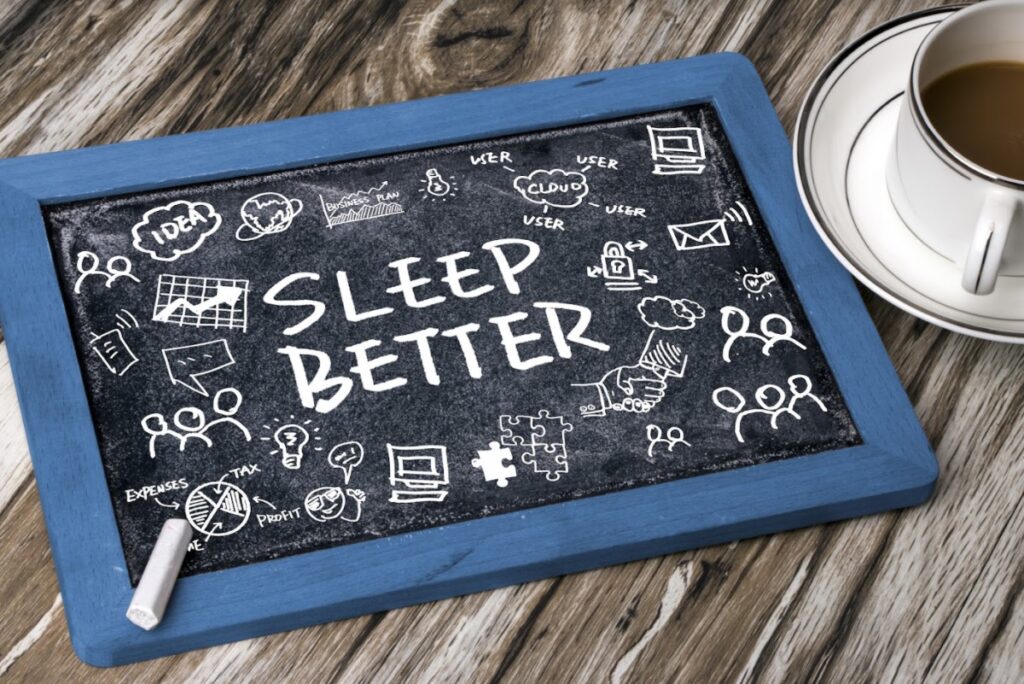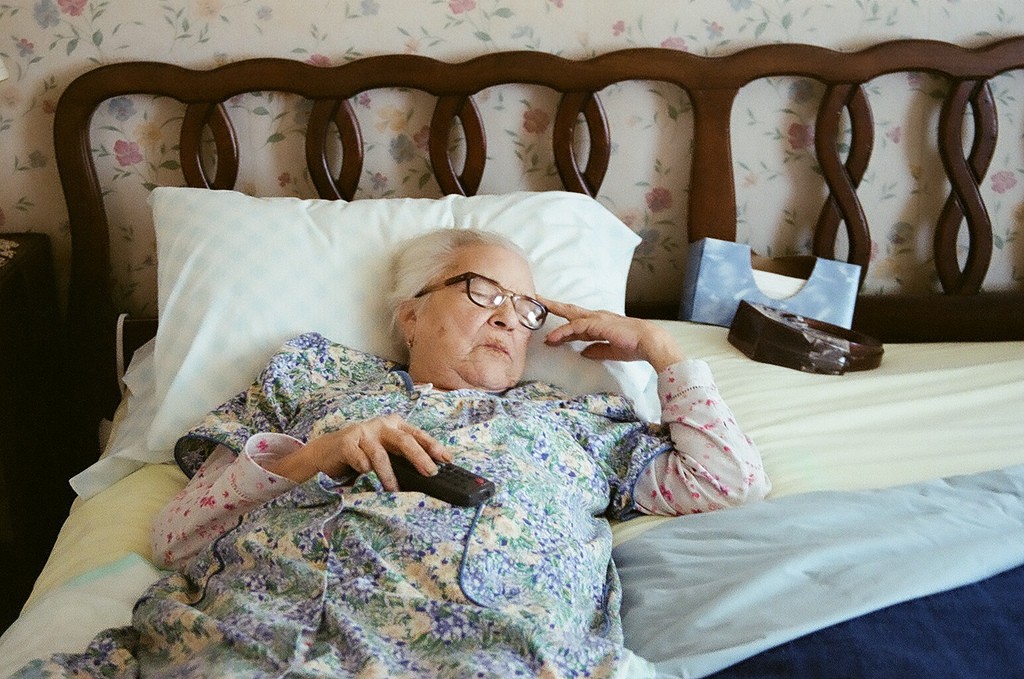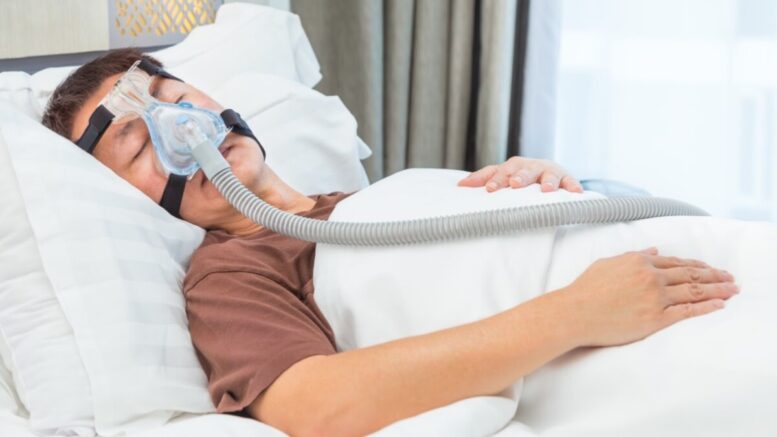Sleep apnea is when a person stops breathing a couple of times during sleep. When you suffer from this disorder, there’s a blockage in your airways that affects the throat’s soft tissue during sleep. Those suffering from central nervous system dysfunction, like neuromuscular disease, are more prone to sleep apnea.
As soon as you experience this sleep disorder, it’s important to find ways to resolve it. Every time your breathing is interrupted during sleep, your body is deprived of oxygen, which may lead to heart disease and memory problems. There are different remedies that aim to cure sleep apnea, such as surgery, maintaining body weight, altering sleeping position, and using oral and nasal devices. But, here’s the question: does it really help treat sleep apnea? Read on to find out.
Types Of Devices for Sleep Apnea
There are oral and nasal devices that come in different styles, sizes, and shapes that are usually recommended by professionals to deal with sleep apnea. Before using devices to cure sleep apnea, it’s best to consult it first with your doctor to ensure that the one you’ll be using is specifically made for sleep-related breathing disorders.
There are ready-made devices for sleep apnea in the market, but you can’t be sure of their effectiveness and safeness. If you’d like to try out any of these devices, it’s better to ask professional help any buy something genuine from CPAP supplies so they can give you a custom-made device that’s suited to your health needs.
Here are some of the tried and tested devices that help to treat sleep apnea:

Mandibular Advancement Device
It’s a molded hard plastic that usually has metal hinges and screws. It aims to move your jaw forward to expand the airway and avoid breathing issues while you sleep. This device isn’t only used to treat sleep apnea, but it’s also advised for those who grind their teeth, which may cause damage to the teeth and jaw pain.
The use of mandibular advancement devices is only applicable for those who weren’t diagnosed with any other health issue that causes sleep apnea. Doctors usually prescribed it if the patient experiences light symptoms or if sleep apnea isn’t experienced every day.
Tongue Retaining Device
This device is comparable to a splint because it holds the tongue in place to ensure that the airway is always open. This device isn’t always the top choice when it comes to treating sleep apnea because it’s less comfortable compared to the mandibular advancement device, and users find it harder to get used to it.
Combination CPAP/Dental Sleep Device Therapy
This oral appliance therapy is a custom-made mouthguard especially made for those who have obstructive sleep apnea (OSA). This device also moves the jaw forward to ensure that the soft tissues along the tongue and throat don’t cause obstruction into the air passageway. It works the same as the mandibular advancement device, but the combination CPAP is used for more serious cases of sleep apnea.
Expiratory Positive Airway Pressure (EPAP)
For those who have mild-to-moderate obstructive sleep apnea that isn’t comfortable using mouth devices, the EPAP device is one of the options that may still help keep the airway open. Since its smaller and can perfectly fit the nostrils, the user is more comfortable in utilizing it to minimize and to eventually get rid of sleep apnea.
Continuous positive airway pressure (CPAP)
Patients who were diagnosed to have central sleep apnea or those who have weak breathing patterns are advised to use continuous positive airway pressure. This device has a small pump wherein the patient needs to wear a mask to have a continuous supply of pressurized air that’s being pumped into the upper airway.
Aside from ensuring that the passageway of the air isn’t blocked, it also assists the weak breathing pattern of the individual. This device serves as supplemental oxygen to ensure that the lungs have enough supply.
Are These Devices Effective In Treating Sleep Apnea?
The use of a sleep apnea device is considered a home remedy to facilitate better breathing as it clears the air passageway. To be able to clear the airway, it can hold the tongue or the jaw in a position, so the air coming in and out of the body isn’t obstructed.

If you were diagnosed to have sleep apnea, you’ll only be advised to try sleep devices if there’s a blockage in your nose and throat, or if you have problems with your anatomical features, like if you have a small jaw, long tongue, large neck, enlarged tonsils, or low-hanging soft palate. If you have problems with your anatomical features, you may opt for a surgery, especially if you’re not comfortable using these sleep devices in your sleep.
The other causes of sleep apnea are poor lifestyle, obesity, alcoholism, and smoking. You may get an instant relief from sleep devices for a short period of time, but if you want a long-term solution, strive to have a healthy lifestyle.
The main benefit of a sleep device is that it keeps the airways open. Having an open airway while sleeping ensures that your sleep isn’t destructed, improves your sleep quality, lowers blood pressure, eases snoring, and relieves daytime sleepiness. As long as the device you’ll use is prescribed by your doctor, you can maximize its use.
Final Thoughts
If you snore a lot, you may have heard of using devices that help lessen it. However, snoring doesn’t mean that you already have a sleep condition. The use of sleep devices is only advised for those who are suffering from sleep disorders.
However, before deciding to try any of these devices, you must first determine the reason behind your snoring. The only way for you to know it is to have a medical checkup. It’s important to treat sleep apnea because it greatly affects the quality of sleep, which may be a cause of other health issues.
The above mentioned devices to treat sleep apnea are widely used nowadays because of their proven effectiveness based on numerous medical researches conducted throughout the years.
